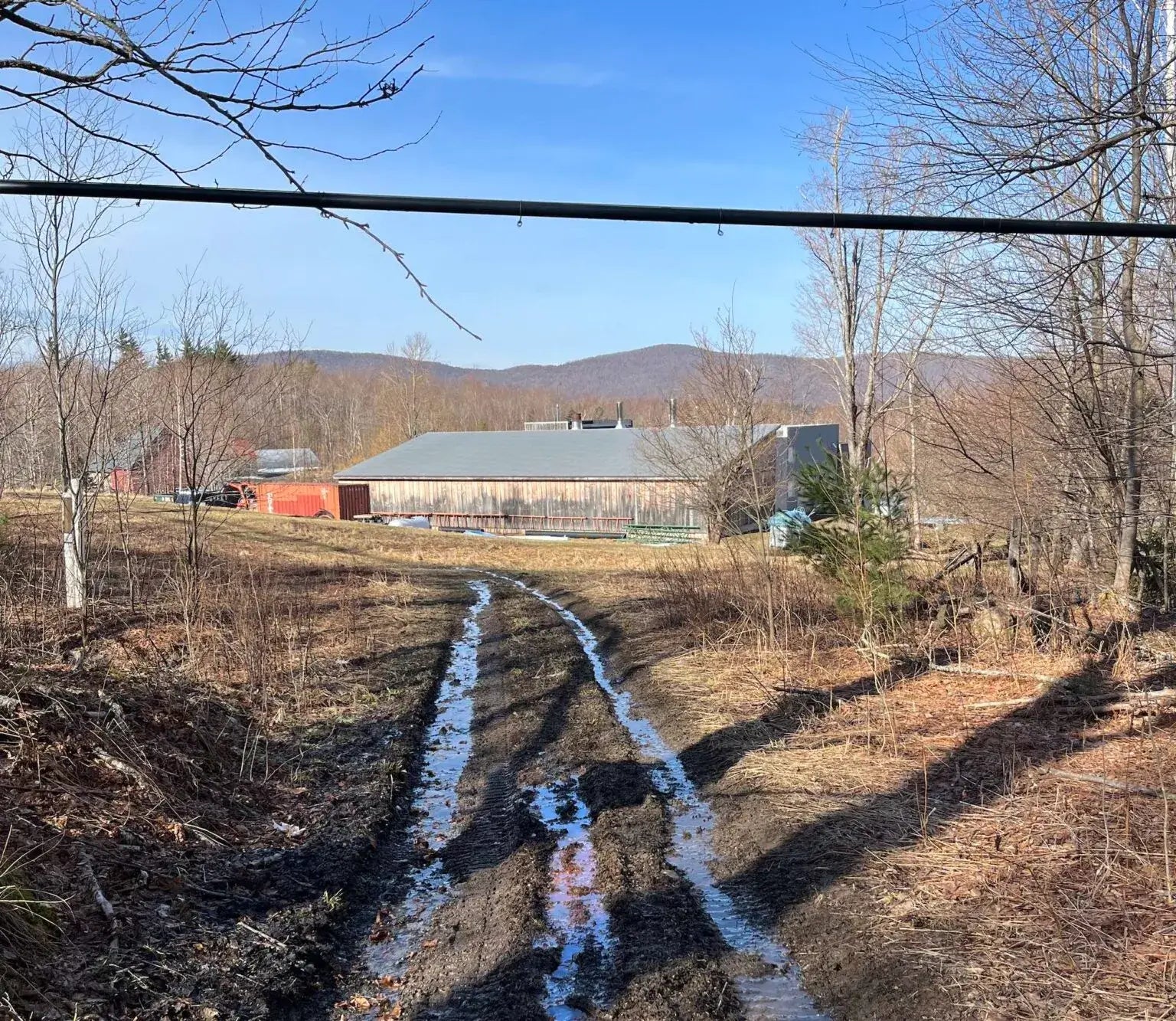Maple season is very short and incredibly weather dependent. Basically, there are plenty of opportunities to run amok. So, how do we determine when a season is officially over?
No sugaring season has a set end date – or reason. Some years the conditions are perfect and we’re boiling superb maple syrup well into mid April. Other years Mother Nature has a different plan and our season is brought to a screeching halt.
Scenario 1: The End of the Sap Flow
One way the season ends is that the sap stops running. If there are no frosts for several days, the flow of sap slows significantly and eventually stops. No sap = no syrup. If this happened in February or March, we would wait to see if it cools down again, but by April we know the trees are done. Our 2021 sugaring season saw unseasonably warm temperatures in March, which resulted in a dreadfully short season. That year when the sap stopped flowing… that was it.
Scenario 2: The Quality Declines
Sometimes the sap continues to flow but the quality declines, usually because it is too warm and there is a lot more bioactivity. If it really starts to warm up and the trees begin their spring growth, the syrup becomes “buddy” – so named because it coincides with the leaves budding out from the trees. The flavor becomes a little sour or chocolate-y, sometimes compared to a Tootsie Roll. If we have reached these conditions in April or May we know that the sap is about done flowing anyway and we will call it.
When you’re working with a wild harvested product, you’re at the mercy of Mother Nature. It’s critical to maximize every day of the season. As the old adage goes, make hay when the sun shines… or in our case, make syrup when it doesn’t.
TRY IT: SHOP PURE VERMONT MAPLE SYRUP


